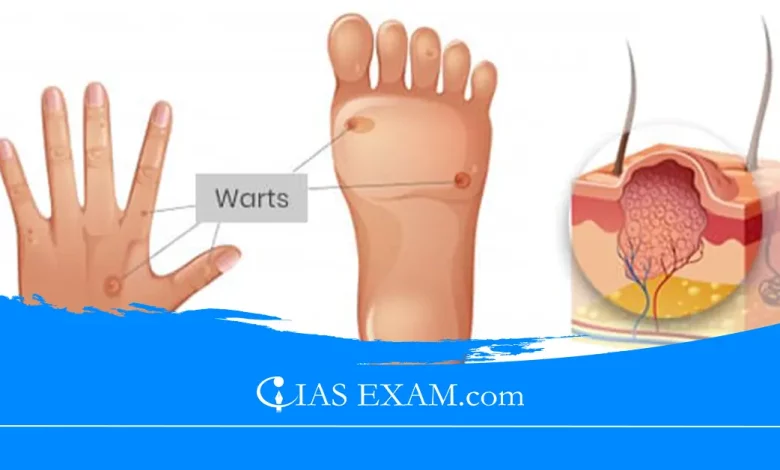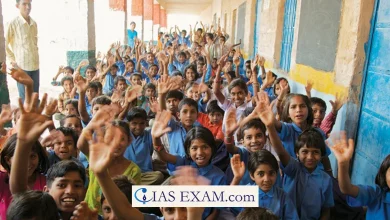
Context
International HPV Awareness Day is observed on the 4th of March annually.
Details about Human Papillomavirus (HPV)
About
- HPV is a family of viruses that consists of more than 200 types. There’s more than 40 among those HPV strains which are transmitted via sexual contact.
- For these several reasons, there are two types of HPV that will produce genital warts, whereas about twelve types have access to cancer.
- It is suggested that this proportion is approximately 95% of all women diagnosed with cervical cancer.
Transmission
- STI HPV is one of the most transmittable, which happens through sexual contact and immunity systems.
- It is even hard to detect it since it is not manifested in symptoms unless the patient is assessed perspicaciously.
- Despite this, the lengthening persistence of viruses may increase the stem cell’s risk to develop cancer.
Prevention
- HPV vaccine mostly comes as a series of multiple components aimed at delivering the immunity against HPV infections. It helps to protect against HPV-related cancers and genital warts.
- This type of prophylactic is demonstrated to be the most efficient within the 9-26 years age group, with the isles of efficiency decreasing when it is used among individuals infected by HPV.
- It should not be a part of the routine in pregnant women.
Global Efforts
- WHO is responsible for the strategy to disable cervical cancer globally which pays focus on vaccination, screening, and treatment.
- However, this is progressive phenomenon and the decrease in newly diagnosed cases may be related to behavioural risk factors such as engaging in sexual hygiene practices, lowered age of onset of pregnancies, use of contraceptive methods, and patients’ state of individual immunity.
- Experts say that the successful fight against the disease depends on implementing exhaustive strategies like public education awareness programs, vaccination campaigns, screening, and stigma elimination.
Challenges related to HPV
- The traditional method of cervical cancer screening, the pap smear, has limitations such as the need for trained professionals and low awareness in rural areas.
- However, advancements have led to the recommendation of HPV DNA testing as the primary method, which is more reliable and less prone to errors.
- Self-sampling for screening has also been found to be as effective as samples collected by a physician, and offering this option can improve accessibility to screening.
Government Initiative
- Sikkim successfully implemented free HPV vaccination for girls aged 9 to 14, demonstrating positive results at the state level.
- However, the national rollout of the program in India has been slow, with delays in decision-making by the Union Health Ministry.
- Globally, despite 100 countries incorporating the HPV vaccine into their schedules, achieving high coverage rates remains a challenge, especially in poorer nations.
Way Forward
- To combat vaccine hesitancy, effective communication and education are crucial.
- The International Agency for Research on Cancer emphasises the need to expand screening programs, increase HPV vaccination coverage, and improve access to affordable treatment to meet WHO’s 2030 goals.
Source: Hindustan Times
UPSC Prelims Practice Question
Q.Which of the following statements about HPV vaccination is true?
a. HPV vaccination is only recommended for males.
b. HPV vaccination provides protection against all types of HPV.
c. HPV vaccination is not effective in preventing cervical cancer.
d. HPV vaccination is typically administered as a single dose.
Ans – “b”





.png)



